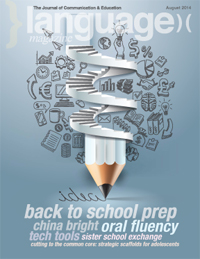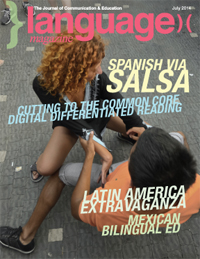Today’s bloggers need to get creative to attract readers and web traffic in a virtual world saturated by blogs about every imaginable topic. Some succeed on the merits of their writing alone, while others seek polemical subjects to satiate readers who love a juicy story. But when social-media specialist and former language teacher, Tim Torkildson, penned a piece on English language homophones for the website of a Provo, Utah language center, he wasn’t trying to stir up a scandal. Torkildson was fired for the piece after his boss, Clarke Woodger, thought it was too controversial. According to Torkildson’s personal blog, Woodger had to look up “homophone” in the dictionary and explained, “We don’t teach this kind of advanced stuff to our students, and it’s extremely inappropriate.”
“People at this level of English,” Woodger said, ”may see the ‘homo’ side and think it has something to do with gay sex.”
Homophones are actually two or more words that are spelled differently, have different meanings, but are pronounced the same, such as their and there and they’re. While grammarians may find homophones titillating, most people find them merely amusing. It’s also important to note that the prefix “homo-“ is a common prefix in English and found in words such as homogenous, homogenized, homograph, and even homo sapien.





 Saint Leo University
Saint Leo University